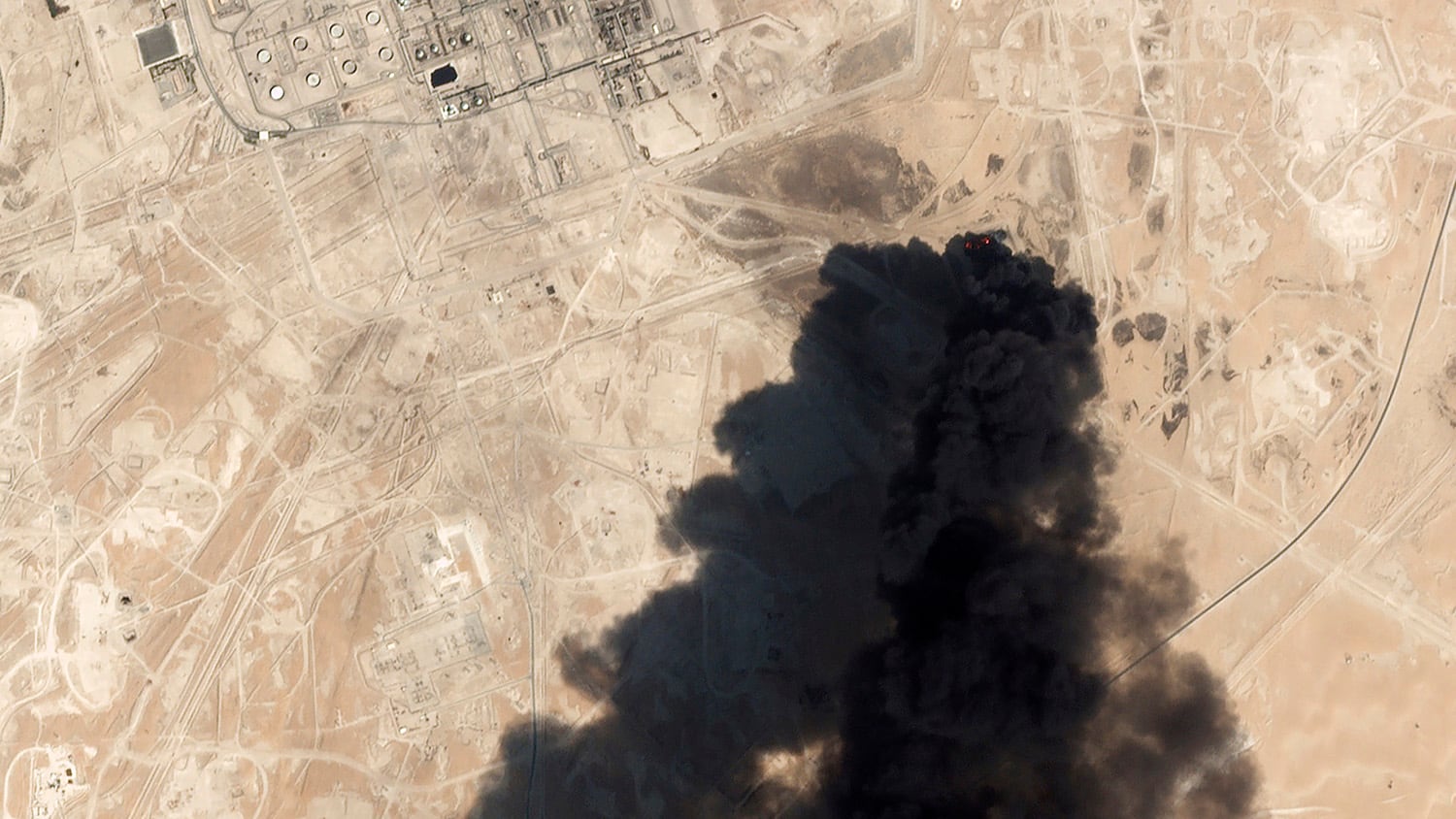Recent events in the Middle East have led some to wonder how countries, including Israel, can protect their own strategic installations. Israel’s adversaries, such as Hezbollah chief Hassan Nasrallah, have threatened to strike sensitive Israeli targets. Saudi Arabia absorbed a painful strike in September 2019 when an Iranian drone swarm combined with cruise missiles struck oil fields, causing heavy damage.
The attack on Saudi Arabia is the latest tangible example of the evolving threat: precision-guided, sophisticated enemy air attacks.
Each country designates its own strategic sites for special defense. They range from nuclear power plants to air force bases to Olympic stadiums. And the hardening of defenses around strategic sites was especially prominent until around three decades ago.
At that time, attackers using close-range munitions had to approach a given site in order to attack it. Visual contact was often required, and simple air-to-ground munitions would suffice for an attack. Defense systems of that time were similarly simplistic.
RELATED

Air force bases might be protected by a 40mm anti-aircraft cannon, for example, in order to prevent a direct attack on a runway. That same concept would be applied to any sites deemed critical by a state. In addition to being limited in range, though, such defenses required many munitions and high numbers of personnel.
The 1980s and 1990s witnessed a revolution in the world of weaponry. Precision, long-range (standoff) munitions entered the battle arenas, and close-range air defenses became largely obsolete. Once attackers no longer needed proximity to their targets, close-range defenses could neither hit the longer-range munitions nor their launchers.
But over the past decade, we have seen the addition of GPS-guidance systems to those munitions. The advent of this technology, combined with the overall revolution of the ’80s and ’90s, has heightened the need for states to return to close-range air defenses — but in a new configuration.
With the Iron Dome and the Drone Dome defense systems, Israel has pioneered that return because it has had to do so. It is able to effectively defend against very short-range threats. Drone Dome, for example, can detect threats at a distance of 3.5 kilometers.
Additional systems are now in the pipeline. Small, affordable interceptor missiles and laser beam defenses are the answers to the new categories of close-range threats seen around the world, including gliding bombs, cruise missiles and drones.
In 2019, the Iranians proved that if they have intelligence on their target and the ability to send munitions to the “blind spot” of radars, attacks can be successful.
That attack should serve as a “wake-up call” for countries around the world. If states want to protect strategic sites, radars that look in every direction, 360 degrees, 24 hours a day, are needed.
Effective new defense systems must now be multidirectional in their detection of incoming threats, a response to the enemy’s ability to turn, steer and evade radar coverage and detection. That coverage must be combined with multiple layers of defense, including defense mechanisms very close to the asset being defended.
Examples of what is now needed for strategic sites' defenses are already evident in the realm of military vehicles. The Israel Defense Forces installed the Trophy defense system on a growing number of tanks and armored personnel carriers as a result of a series of incidents in Lebanon and Gaza.
Airframes also need such systems, as the downing of an Israeli transport helicopter by Hezbollah in the Second Lebanon War demonstrated, as do ships — and so too do strategic assets.
The age-old military axiom asserts that lines of defense will always be breached. As such, we must develop the maximum number of opportunities for interception possible.
Longer-range air defense systems, such as the Patriot, David’s Sling or the S-400 can intercept threats at tens or hundreds of kilometers away. But today, because state enemies can bypass long-range defenses, countries must always have the ability to directly intercept the actual munitions.
Without close-defense capabilities forming part of a country’s multilayer defense systems, strategic sites are simply not adequately protected. In the context of multilayer defense development and deployment around strategic sites and sensitive targets, Israel has taken on the role of global leader.
In 2020, short-range air defenses are making a comeback, and this time they are set to remain as a permanent fixture.
Retired Brig. Gen. Shachar Shohat served as a chief commander of the Israel Air Defense Forces and a publishing expert at The MirYam Institute.







